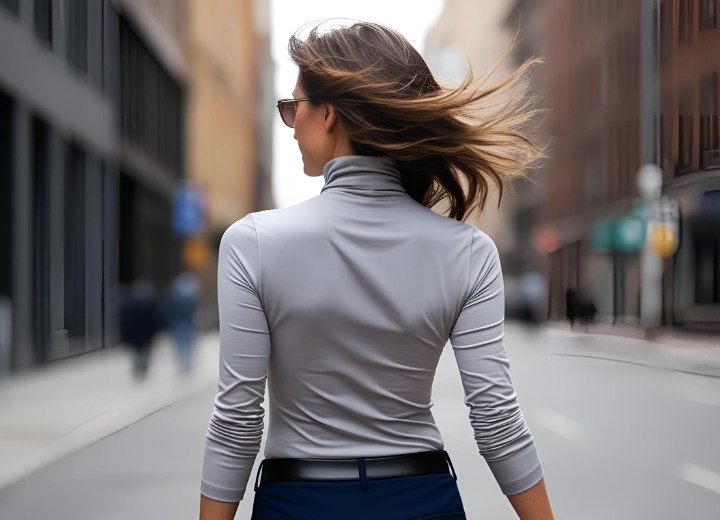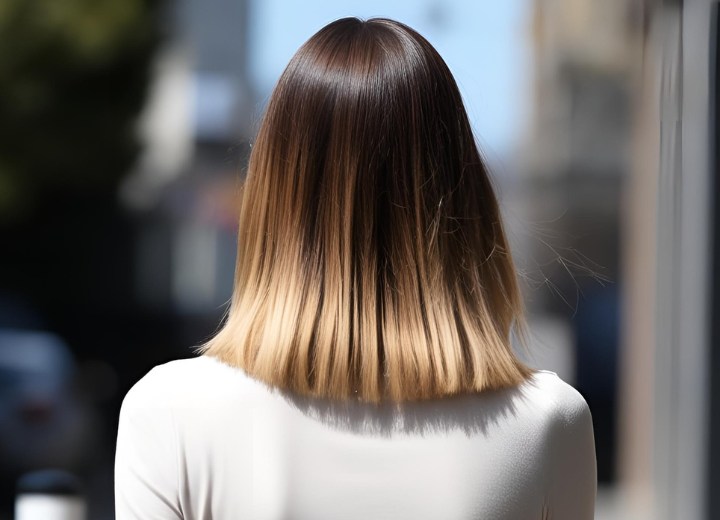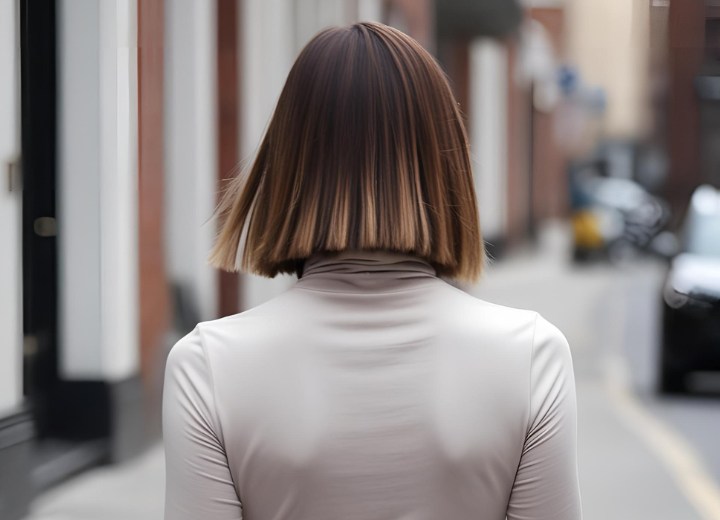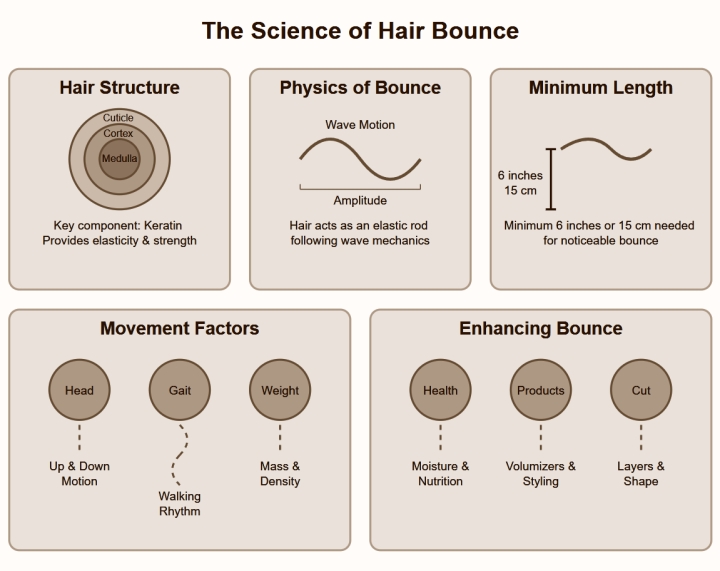Bouncy Hair

A: Hair bounce results from a fascinating interplay of physics, biology, and motion. The science behind bouncy hair is truly intriguing. When you see hair moving gracefully, you’re witnessing a complex mechanical system at work. The bounce occurs due to five key factors:
1. Hair structure and elasticity play a major role. Hair consists of three layers: the cuticle, which serves as the outer protective layer; the cortex, which contains keratin; and the medulla, the innermost layer. The keratin proteins in the cortex give hair its elasticity, allowing it to stretch and return to its original shape. This protein structure creates a natural spring-like quality that enables bounce.
3. Head movement is another crucial factor. When walking, the head moves in a rhythmic up-and-down pattern. This movement generates kinetic energy that transfers to the hair, initiating the bouncing motion. Hair essentially responds to the forces generated by a person’s gait.
4. Wave mechanics further explain hair bounce. Hair behaves like an elastic rod that follows wave mechanics. Each strand transmits energy along its length, creating wave-like motions. These waves travel through the hair, producing the beautiful, flowing bounce observed in movement.
5. Hair health is essential to maximizing bounce. Healthy hair with intact cuticles and proper moisture levels bounces more effectively. Well-nourished hair maintains optimal elasticity and esponds more dynamically to movement.
That was the short answer. Now, let’s dive deeper into the various reasons why hair can bounce so beautifully. It’s fascinating to learn that there’s a scientific explanation for seemingly simple, everyday things like our hair.

For hair to display visible bounce, it typically needs to be at least 6 inches (15 centimeters) long. At this length, the hair has sufficient mass to respond to gravitational forces, enough surface area to catch air resistance, adequate length for wave patterns to develop, and the necessary weight to create momentum when in motion. Hair shorter than this length generally lacks the mass and length required to create pronounced bouncing movements. Medium-length hair, such as shoulder-length hair, often displays excellent bounce because it balances optimal length with minimal weight drag.
How does the structure of hair contribute to its bounce?
The microscopic structure of hair is perfectly designed for elasticity and resilience. Keratin proteins are arranged in a helical structure that stretches and recoils like tiny springs. The cross-linked nature of these protein chains provides both strength and flexibility. The cortex contains a network of lipids and proteins surrounding keratin filaments, giving hair resilience and the ability to temporarily deform under force before returning to its original state. Cuticle scales overlap and affect how hair strands interact. Well-aligned cuticles reduce friction, allowing for smoother movement and better bounce.
How does walking motion affect hair bounce?
Walking creates a rhythmic pattern of movement that directly influences hair bounce. Each step causes the head to rise and fall slightly, creating vertical forces that initiate hair movement. The regular cadence of walking generates predictable force patterns, allowing hair to develop resonant wave motions. Energy from the body’s movement transfers through the neck and head to the hair, which then responds based on its physical properties. When a person’s walking pace matches the natural frequency of the hair’s movement, the bounce becomes more pronounced due to resonance.

Hair products can significantly enhance natural bounce in several ways. Volumizers and mousses coat the hair shaft, increasing the diameter of each strand and creating more space between hairs, reducing friction and allowing freer movement. Conditioners improve cuticle smoothness, reducing strand friction and promoting smoother movement. Lightweight oils add elasticity without weighing hair down. Protein treatments temporarily repair damaged keratin structures, restoring some of the hair’s natural elasticity. The key is using light products that enhance rather than restrict movement, as heavy products can weigh hair down and diminish bounce.
Does hair texture affect bounce?
Hair texture significantly impacts bounce potential. Straight hair often shows the most visible bouncing motion since movement can travel unimpeded along the entire length of the shaft. Wavy hair has natural spring-like properties that enhance bounce, especially with movement. Curly hair has built-in elasticity but displays bounce differently, more as a springy, coiling motion rather than the up-and-down movement seen in straighter hair types. Fine hair may be more responsive to movement but can lack volume, while thick hair has more mass to create momentum but might require more force to set in motion.
Can haircuts enhance bounce?
Strategic cutting techniques can dramatically improve hair’s bouncing qualities. Layers create variation in hair weight and length, allowing for more dynamic movement. Blunt cuts add weight at the ends, creating more pronounced swinging motions. Face-framing layers, which involve shorter pieces around the face, create the illusion of more overall movement. A skilled stylist can customize a cut to maximize a person’s natural bounce potential.

©Hairfinder.com
See also:
Hair lengths
How fast hair grows